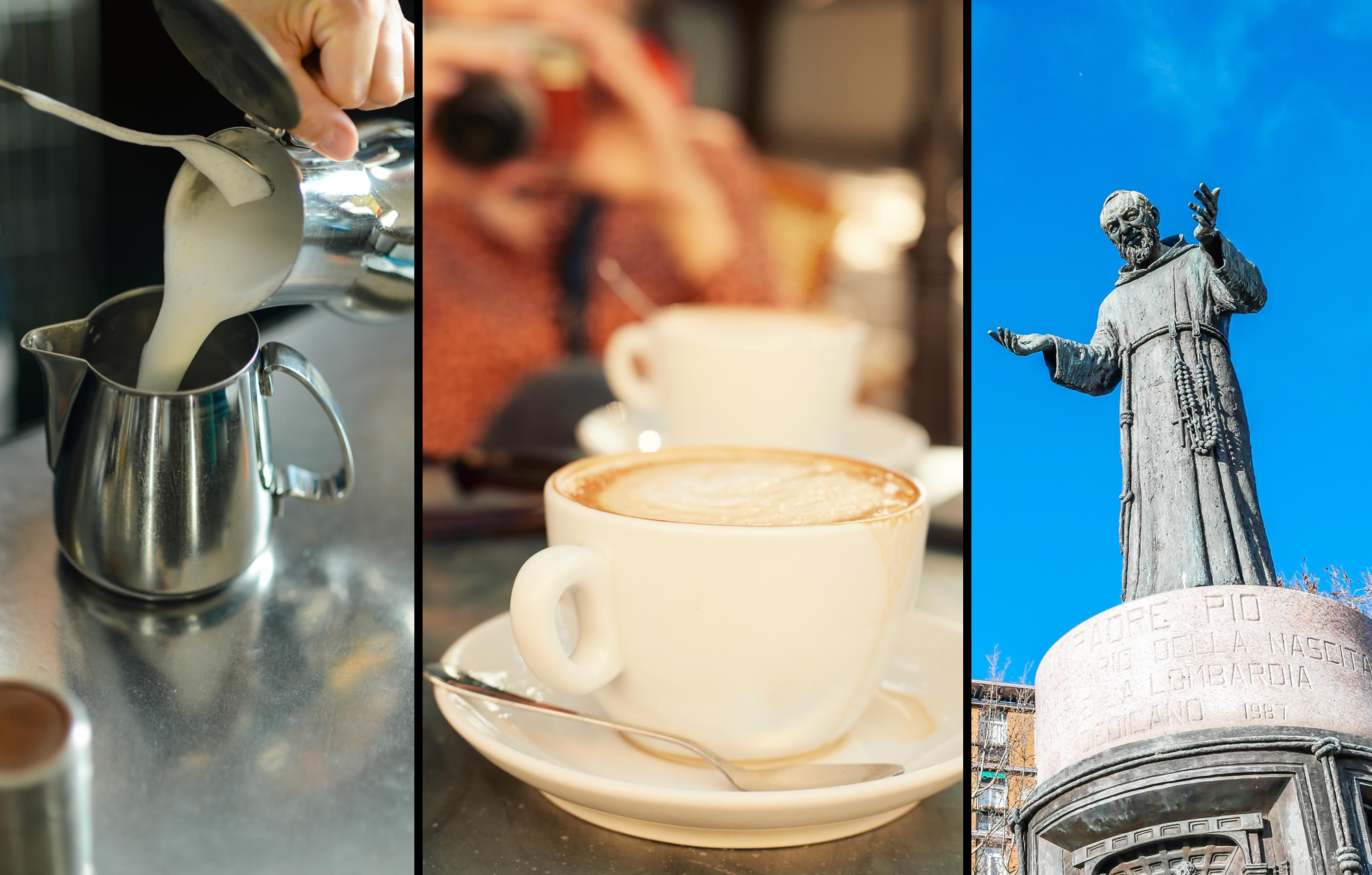
As a coffee option, it comes from the Italian cappuccino, dating back to the 1930s, paying homage to the members of the Ordo Fratum Minorum Cappuccinorum, a religious movement formed in 1525, represented by Padre Pio (1887-1968), wearing a distinctive hooded attire, showing a long white beard among the wisest, whose members are known precisely as Cappuccinos. It is associated to the Italian Cappuccio, for hood, from the Latin caput, referring to the head and from the Indo-European *kaput, keeping the same meaning; on the other hand, the suffix -ino indicates belonging. Among the terms that come from *kaput-, the words captain (observed in Latin as capitanus), chapter (from the Latin capitŭlum) and capital (seen in Latin as capitālis) stand out as examples.
In 1948, in the book This is San Francisco, it is described by the American Robert O’Brien, who experiments with a drink with a hue comparable to the tunic of a Capuchin monk, made of chocolate with a touch of Brandy or Rum. Thus, it is presented as an option that, based on a classic espresso, incorporates a layer of vaporized milk that provides a degree of creaminess, which includes cocoa, and can even be combined with a liquor, differing radically from a latte, and the base given by the blend, also allowing it to exceed 220 ml without losing strength in flavor.